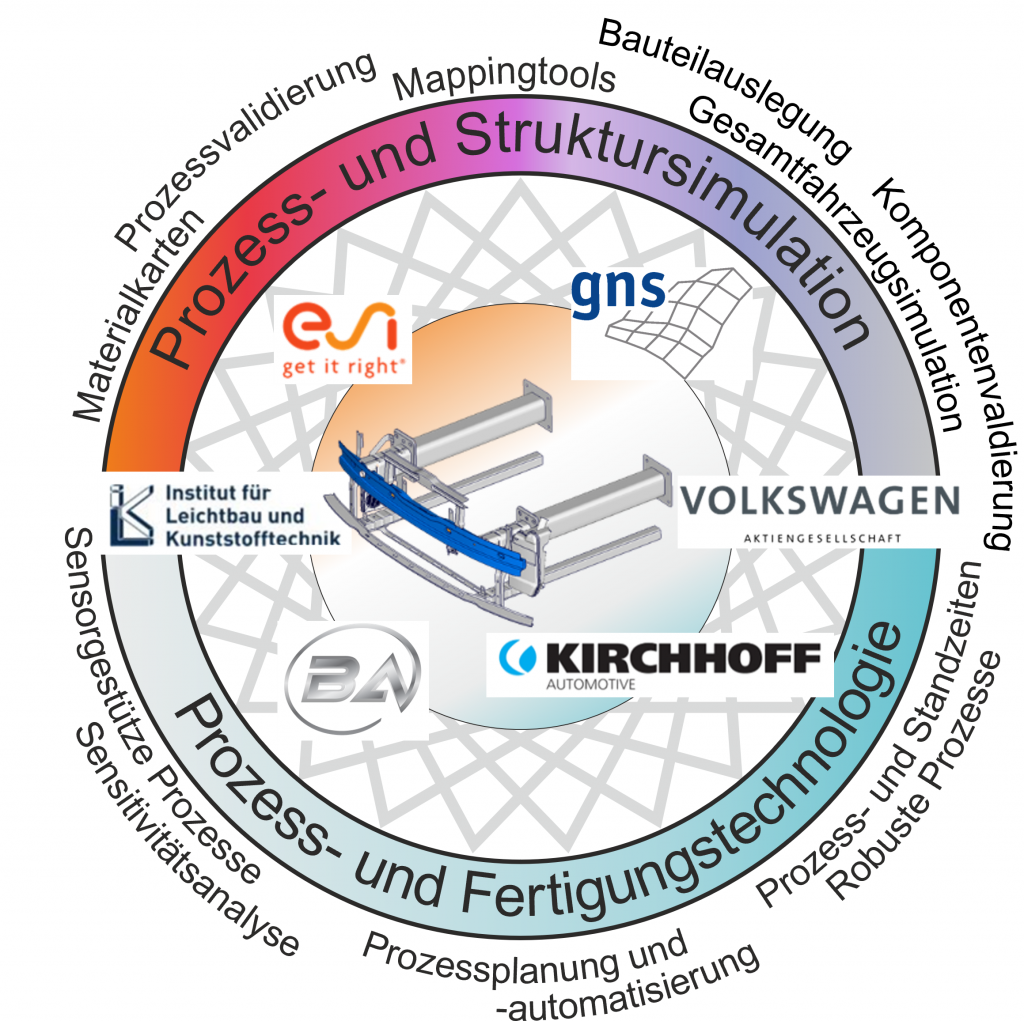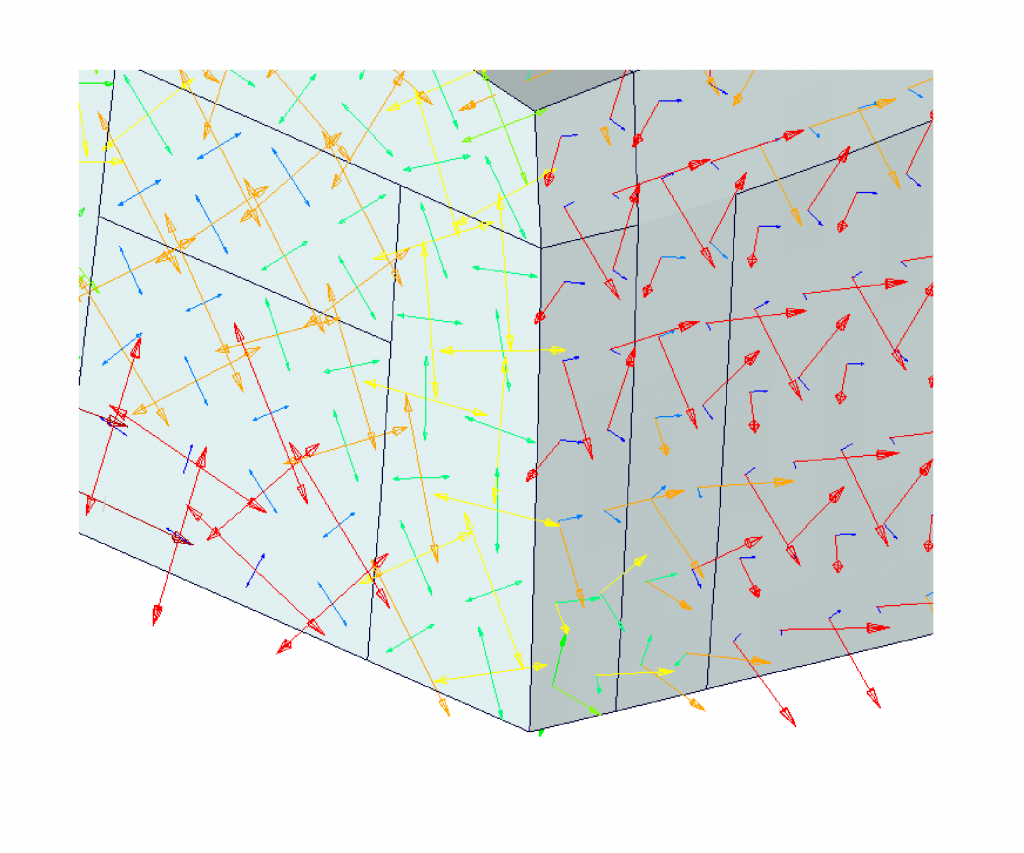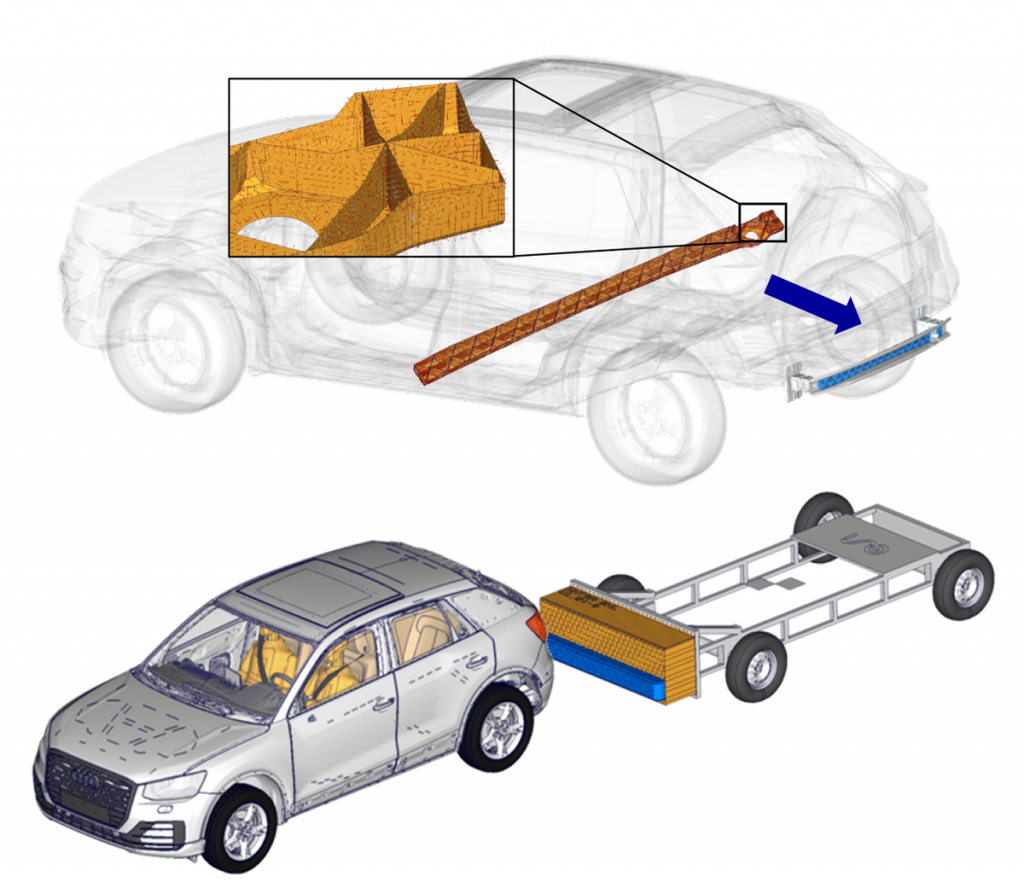StyQzaHL

Strukturelle Metall-Kunststoff-Hybridbauweise am Beispiel eines Stoßfänger-Querträgers der elektrifizierten, automobilen Großserie – Darstellung eines wirtschaftlichen Herstellungsprozesses durch Integration einer On-Line-Qualitätssicherung und Optimierung der Materialausnutzung.
Engl.:
Structural metal-plastic hybrid design using the example of a bumper crossmember for electrified, large-scale automotive production – presentation of an economical manufacturing process through integration of on-line quality assurance and optimization of material utilization.
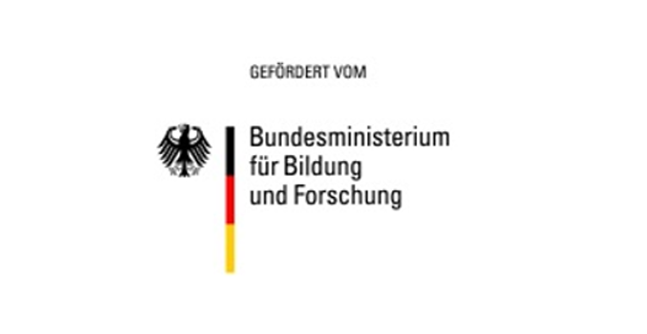
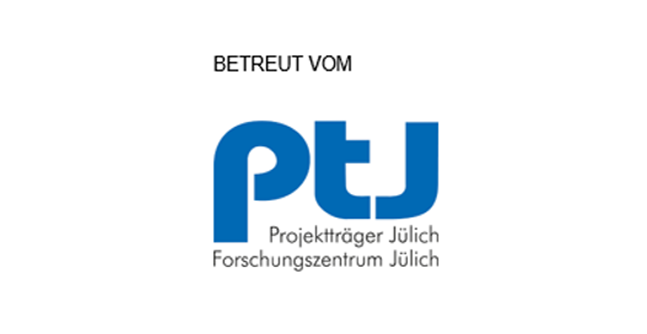
Info
- Project Term: 01.05.2020 - 31.12.2022
- Project Partners: Bilsing Automation GmbH, Bilsing Werkzeugbau GmbH, ESI GmbH, Kirchhoff Automotive Deutschland GmbH, Institute of Lightweight Engineering and Polymer Technology für Leichtbau- und Kunststofftechnik Technical University Dresden, Volkswagen AG
- Form of Funding: HyMat (Hybrid Materials)
- Funding Code: 03XP0278F
- Funding Body: BMBF
- Executing Organization: PTJ (Forschungszentrum Jülich GmbH)
Project Partners

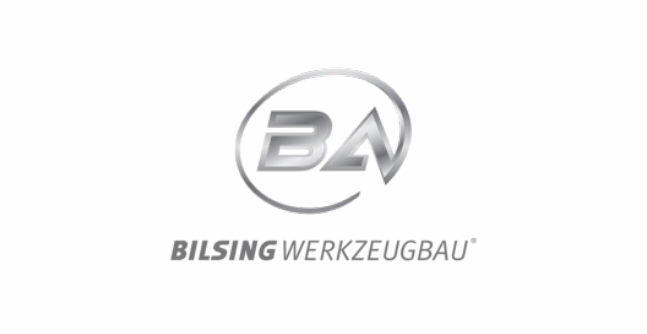

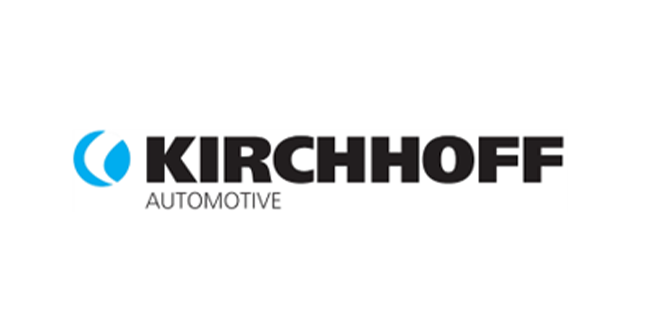
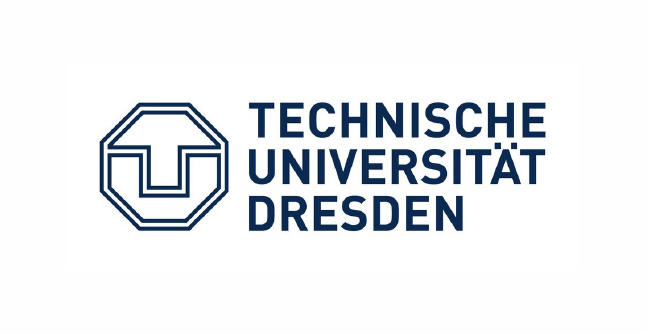
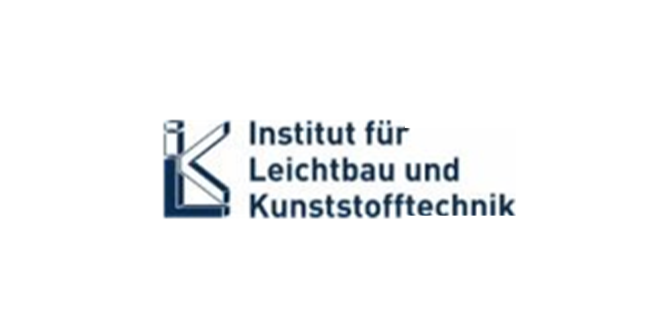

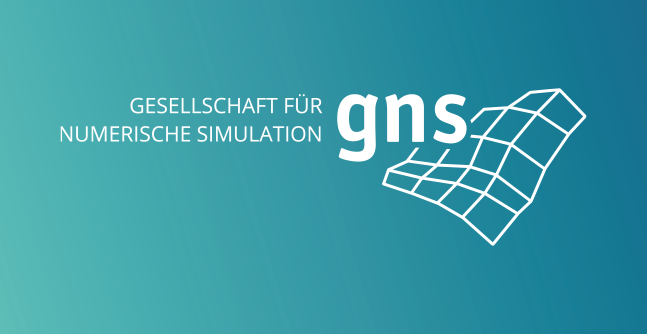
The aim of the project is the partial hybridization of primary body structures and body components for battery electric vehicles (BEV) using the example of a crash management system (CMS) in an automated series production environment. Starting from existing multi-part steel structures based on hot-formed steels, hybridization or functionalization is to be carried out using short- and long-fiber-reinforced plastics. Both thermoplastic semi-finished products such as glass mat-/long-fiber-reinforced thermoplastics and thermoset molding compounds such as sheet molding compounds (SMC) are being considered.
Starting from a simple three-point-bending test, an SMC insert was set up by a computer-aided development. The components were first designed as a CAD data set. Subsequently an analysis model was created. By means of an FE analysis, a preliminary design of a patch geometry was developed. The explicit FE simulation carried out for this purpose was then validated by real three-point bending tests. Fiber orientation and fiber volume content were determined both using computed tomography (CT) tests and virtual analyses. These fiber properties were also mapped to the FE simulations. Subsequent parameter studies were then performed based on these simulations, significantly optimizing the force and energy absorption.
From these examinations an SMC patch geometry for the CMS assembly was then derived. Since the rear bumper cross member is subjected to the greatest stress in the FMVSS301 crash load case, this load case was used to show the component performance. The whole vehicle load case was simulated. And a simple component test was calibrated, reproducing the load situation in the component.
This component test is also carried out in a series of real experiments which are then used to validate the simulation methodology of the insertion profile. This adapted simulation technique is further used as the basis for a whole vehicle simulation in the FMVSS301 crash load case.
As a result, it was shown that a digital representation of a complex SMC component considering the fiber orientation is possible, both in complete vehicle simulations and for use in the vehicle development process.

